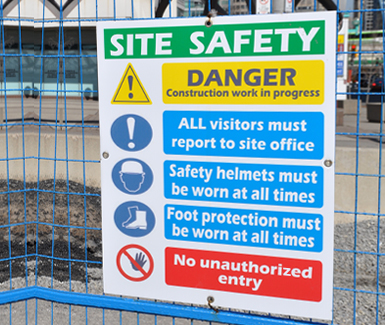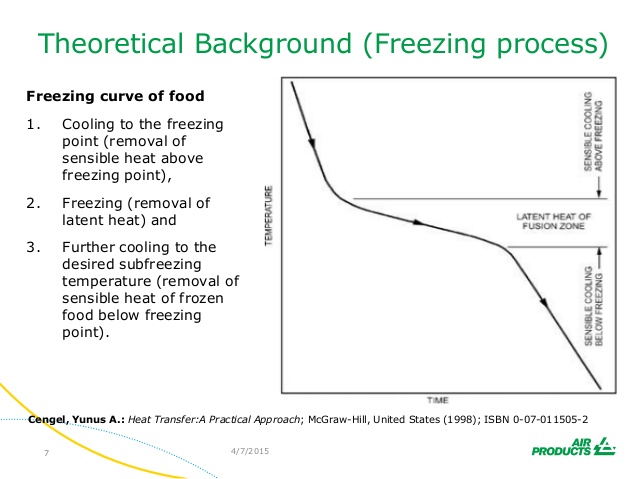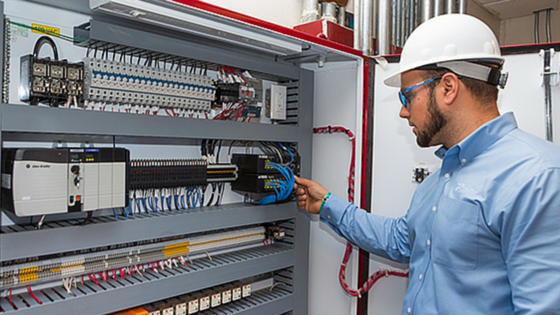5 Keys to Forming a Comprehensive Food Plant Emergency Action Plan
Your food processing facility’s commitment to safety starts with being prepared. How do you prepared to be… prepared? With your food plant’s emergency action plan (EAP): a required Occupational Safety and Health Administration (OSHA) document that defines employer and employee actions during workplace emergencies. While emergency action plans that meet minimum requirements may include emergency information and procedures, they still may not contain enough detail to ensure the safest response to dangerous situations. Your plan must be comprehensive, eliminating all confusion and hesitancy in case of an emergency. A non-comprehensive plan — one lacking extensive instruction or failing to address each emergency — may add confusion to the situation.
Continue Reading “5 Keys to Forming a Comprehensive Food Plant Emergency Action Plan”







![[Infographic] 6 Benefits of a CO2/NH3 Cascade System](https://stellarfoodforthought.net/wp-content/uploads/2016/02/6-Benefits-2.png)
![[Infographic] 2 Key Questions to Answer Before Your Packaged Refrigeration Equipment Installation](https://stellarfoodforthought.net/wp-content/uploads/2016/01/Screen-Shot-2016-01-14-at-4.41.15-PM.png)




